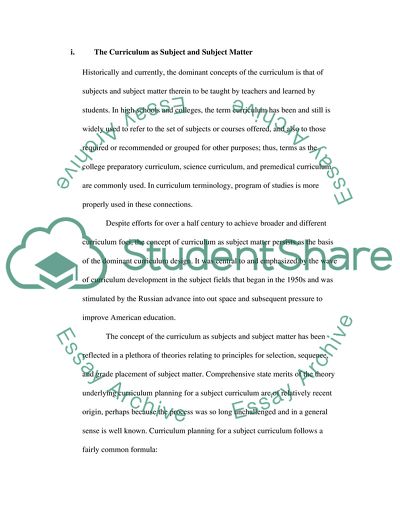Cite this document
(“Curriculum development Essay Example | Topics and Well Written Essays - 2500 words”, n.d.)
Curriculum development Essay Example | Topics and Well Written Essays - 2500 words. Retrieved from https://studentshare.org/miscellaneous/1543244-curriculum-development
Curriculum development Essay Example | Topics and Well Written Essays - 2500 words. Retrieved from https://studentshare.org/miscellaneous/1543244-curriculum-development
(Curriculum Development Essay Example | Topics and Well Written Essays - 2500 Words)
Curriculum Development Essay Example | Topics and Well Written Essays - 2500 Words. https://studentshare.org/miscellaneous/1543244-curriculum-development.
Curriculum Development Essay Example | Topics and Well Written Essays - 2500 Words. https://studentshare.org/miscellaneous/1543244-curriculum-development.
“Curriculum Development Essay Example | Topics and Well Written Essays - 2500 Words”, n.d. https://studentshare.org/miscellaneous/1543244-curriculum-development.


